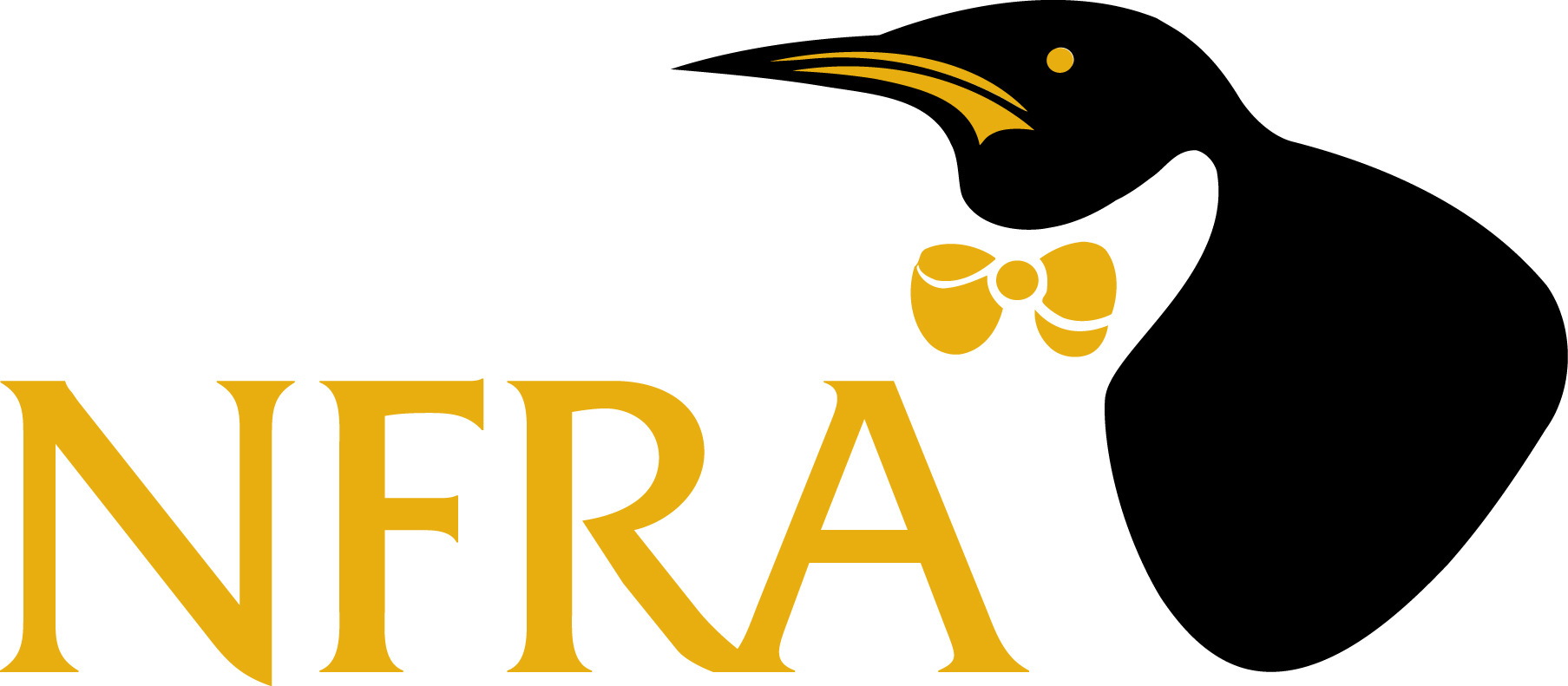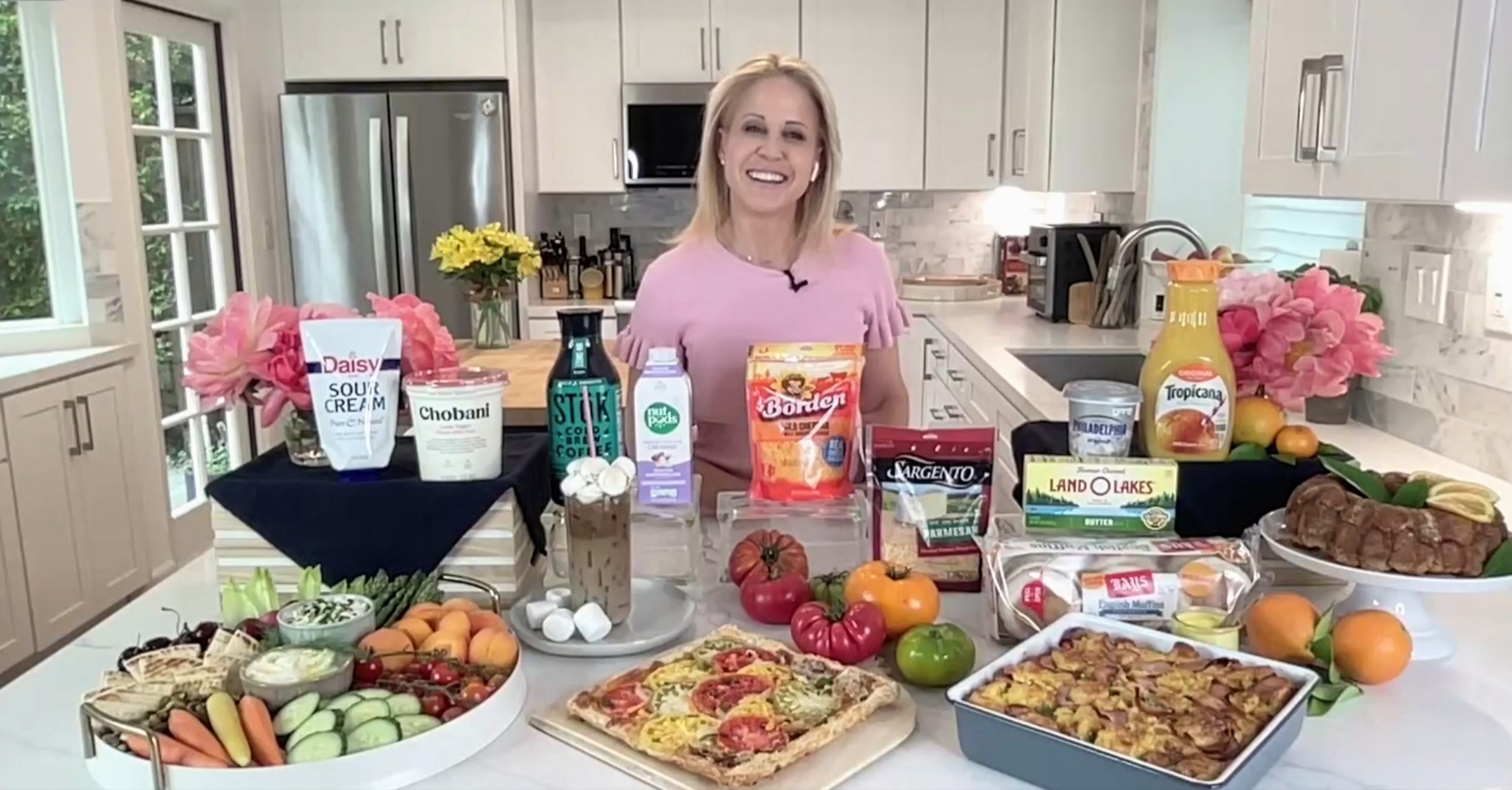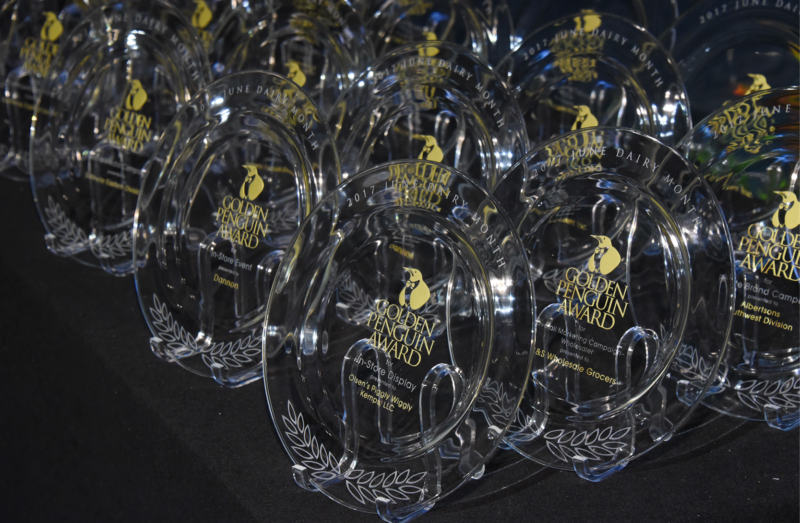One of the leading initiatives of NFRA is our June Dairy Month promotion. For years, we’ve highlighted all the exciting ways shoppers can use the unique and different products they can only find in the dairy aisle.
We’ve seen a lot of changes in the aisle since we started this program – going from mostly staples of milk, eggs, cheese and butter to an expansive case that makes up a quarter of the perimeter of the store.
Today, 99.6% of households purchase products from the dairy aisle, and each buyer is now spending $365 annually1. So for this June Dairy Month, we’re diving into the latest innovations and larger trends that are shaping the aisle today and will continue in the future.
Plants Growing Like Crazy
You can’t talk about dairy aisle innovations without talking about the plant-based takeover. Plant-based products continue to be the largest growing portion of the aisle. As we said before, there’s no slowdown in sight.
Plant-based milk is the largest segment of the plant-based category at retail – representing 35% of the total plant-based food market2. This segment reached $2.5 billion in dollar sales in 2020.2 And it’s still growing – up 20% in dollar sales in the last year2. With 39% household penetration, and six out of 10 households making a plant-based food purchase in 20202, this will only continue to expand in the future.
The exponential growth of Oat Milk, with Coconut Milk right on its heels, is fueling this growth. Soy-based milk was one of the first to sit on shelves right next to their dairy-based counterparts. This has obviously played a huge role in the category’s development and the shape the aisle has taken today.
All Hemp Everything
Hemp and CBD products have been popping up all over retail locations. Oils, teas, supplements, waters, dog treats and more are all common in stores today.
Riding the growing popularity of these products, hemp eggs and milk have started creeping into the dairy aisle3. They’re more commonly found in natural food sections, but it’s been increasingly common to see them sitting next to regular milk and eggs.
In the near future, hemp creamer and cheese will be looking to scale up retail distribution levels. Given how prevalent CBD and hemp products are now, we think we’ll see this become the next plant-based area of growth.
New Items
The dairy aisle has proven to be an area ripe for innovation.
Take yogurt, for example. In 2017, new dairy products generated over $2.6 billion, mostly through brand extensions, especially in yogurt. Yogurt introductions during that time include new brands, new flavors, low fat, no-fat, whole milk products, bulk containers – even yogurts that contained more live and active cultures than the rest.
Their probiotic perks clearly caught the eye of shoppers and manufacturers – seizing the market opportunity to expand.
Like yogurt, functional foods are a staple of the dairy aisle, and shoppers have turned their attention here for its bevy of health benefits. Products like ready-to-drink kefir have capitalized on this. Rich in nutrients and gut-health aids, it’s expected to have a 9% compound annual growth rate between 2019 and 20294.
Snack Attacks
Snacking continues to be a gigantic trend among shoppers today. Fueled by millennials looking for smaller, quicker meals that fit into their on-the-go lifestyle, 60% of people buy snacks as part of their weekly shop and 57% are replacing meals with snack foods5.
Products in the dairy aisle fit what these snackers want to a T: wholesome nutrition, functional benefits and portion control. Ready-to-go drinks, handheld bars and less-sugary cheese snacks4 are perfect for the large number of people who want to eat well in between meals. Targeting these occasions and finding packaging that can deliver the on-the-go benefits make this an area primed for growth.
Ethical Dairy
Dairy is starting to take a page from their neighbors on the perimeter – the meat case. Ethical practices, claims and marketing communications are on the rise and will continue to grow as consumers demand more humane treatment and transparency.
Current offerings include pasture-raised butter and grass-fed milk, which are positioned and priced as premium. But other everyday items are starting to follow suit with claims and marketing strategies that tell the story of how the milk is raised, how it’s treated and the farms it comes from.
Sustainability on the whole is a big issue the dairy aisle is facing. Packaging is one big area of concern6. The use of plastic containers, cups, wrappers and bags has become commonplace in the aisle. While most are recyclable, more sustainable packaging is on the rise elsewhere – making consumers question their buying habits.
One of the foremost issues within sustainability is the meat industry’s impact on the environment, especially greenhouse emissions7. The carbon footprint for beef and dairy far outweighs that of their plant-based counterparts. Reducing this impact will be crucial to gaining and retaining new consumers, specifically millennials. Efforts need to continue to decrease or offset emissions, and take part in earth-friendly initiatives.
Transparency in ethical practices, ingredients and claims is also key to gaining shoppers’ trust. In 2018, Nielsen claimed transparency was driving the growth of food in fast-moving consumer goods4.
Recently, the use of Blockchain technology was being used to increase the traceability from the cow itself all the way to consumers.
Which brings us to our next trend….
Technology
Applying the Blockchain technology platform could revolutionize the transparency of the industry. “Blocks” of information could be strung together from cow to consumers – all the way down to the genetic makeup of the cow and the feed it was given4. It’s being tested right now, and if it’s perfected, every producer and manufacturer will be using it.
Lab-based dairy is another technology that could change the aisle forever. It sounds like a science experiment, and it is – some labs have already synthetically created the proteins found in cow’s milk7. So, basically, milk without the cows. This addresses both the animal treatment and the greenhouse emissions mentioned above. With Non-GMO products still at the forefront of cleaner eating, lab dairy has a huge hurdle to clear.
And lastly, ‘supercooling’ technology could turn exporting fresh dairy into an easier enterprise4. If the technique continues to be successful, we could see more international milks appearing on shelves, or more of our domestic milk going overseas.
In Summary
The dairy aisle of today looks nothing like it did in the past and will continue to reshape itself in the future. We believe plant-based products, hemp products, new items, snacks, ethical initiatives and technological advancements will be key components in determining what the aisle looks like tomorrow and for years to come.
Sources
1https://www.iriworldwide.com/en-us/insights/blog/setting-the-pace-for-innovation-in-dairy
2https://gfi.org/marketresearch/
3https://www.marketwatch.com/press-release/hemp-milk-market-size-share-2021-global-industry-growth-trends-demands-business-opportunities-and-forecast-to-2025-2021-03-24?tesla=y#:~:text=The%20hemp%20milk%20market%20is,market%20is%20undergoing%20several%20transformations
4https://www.foodbev.com/news/5-trends-shaping-the-global-dairy-industry-in-2020
5https://www.theconsumergoodsforum.com/snack-attack-are-you-prepared-for-the-latest-trend
6https://www.amcor.com/insights/blogs/dairy-trends-2020
7https://www.greyb.com/dairy-industry-innovation-trends/







